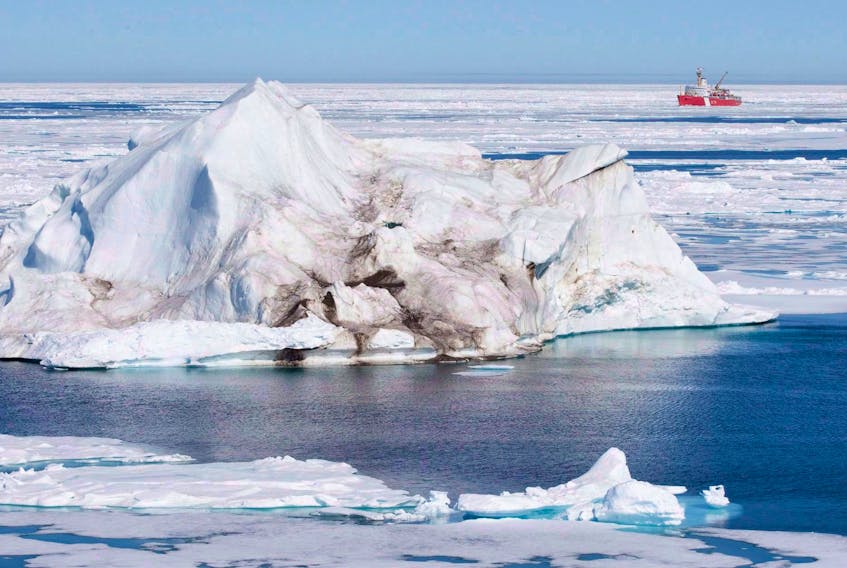True to Canada’s recent history of inadequately supporting our military, the Canadian Government is now considering the purchase of used and outdated jets from Australia, apparently to fill a present gap.
These aircraft are old, used and out-of-date, to go along with the old and similar jets Canada already has in use. The best-case scenario is that they are guaranteed to require considerably more maintenance than new machines.
The Government of Canada, under the Liberals, but also the Conservatives, clearly feels that expenditures for appropriate military capability are a low priority.
No doubt, there is hope that the U.S. will help out as Canada provides a huge buffer against attacks they might otherwise endure in the event a “Third World War” breaks out.
However, with Trump running the show to the south (except when he’s out in California trying to sell the idea of raking leaves in the forests), Canada must now make investing in its own military capability a priority. Working with other world allies to ensure peace also takes on a more urgent focus.
Under the current circumstances, heavily relying on the US is not a realistic or practical option.
It is no secret that the Arctic sea routes are open much longer every year.
Although Canada has some military operations situated in the Arctic (Alert being the most northerly), these need to be expanded to meet future needs. Global warming is opening up not just the “Northwest Passage,” but many of the extensive ocean areas along the northern coast as well as the more northerly islands that are and will further become more accessible to ships travelling in the north. Even now, occasional private boaters are “testing the waters.”
Concurrently, with increased international traffic comes the requirement for additional search and rescue as well as defense capability as Russia and China are now better equipped and are increasing major use of the Arctic Ocean north of Russia.
Supplies are shipped to remote communities in the summer when the ocean is relatively free of ice (although sometimes it can be frustrated by ice floes breaking off and entering shipping routes).
Air shipments of key materials are practical and generally reliable, but expensive compared to delivery of food, materials and fuel by ship. Although periods of “ice-free” waters are becoming more common, winds can shift ice into channels causing considerable difficulties requiring ice-breakers to accompany some ships in these areas.
Canadian research and data collection are limited to a few places in the Arctic, largely based out of Cambridge Bay. Others, however, can be found at Alert, Eureka and Churchill, along with other sites limited primarily to data collection.
Canadian ice-breaking capacity and research or data collecting sites predominate at the present time. Due to climate change, rapid fluctuations in sea conditions (ice, open water or ice floes of varying size) will require urgent consideration of what basic data will be needed and how it can be collected and organized.
As tourist and commercial traffic and military activities become more obvious in the Arctic, in addition to the military, they bring with them the need for safety capabilities: particularly ice breakers, to avoid what could become serious events threatening many lives.
Huge commercial passenger ships may hope to travel through the Passage, but consideration will be needed to ensure serious safety issues are addressed (e.g. hidden rocks, icebergs or closed channels).
This implies considerable investment in search and rescue capability, involving icebreakers and route markers as well as updated maps.
We can expect shipments of various natural materials plus a considerable volume of manufactured or processed goods to be carried by ships through Arctic waters in the near future. Some will be bound to distant countries, but others may be from within Canada transporting goods and materials to other parts of Canada.
Canada must urgently prepare for a much more sophisticated and wide-ranging capability for Arctic commercial, military and tourist travel (both by ship and air).
It makes sense to involve local people to operate them … they know the land and sea areas, and in particular, how to survive in the harsh challenging environment!
Jim Collinson,
Resource Economist, previously a senior executive in the Manitoba and federal governments
St. John’s
Related story:









